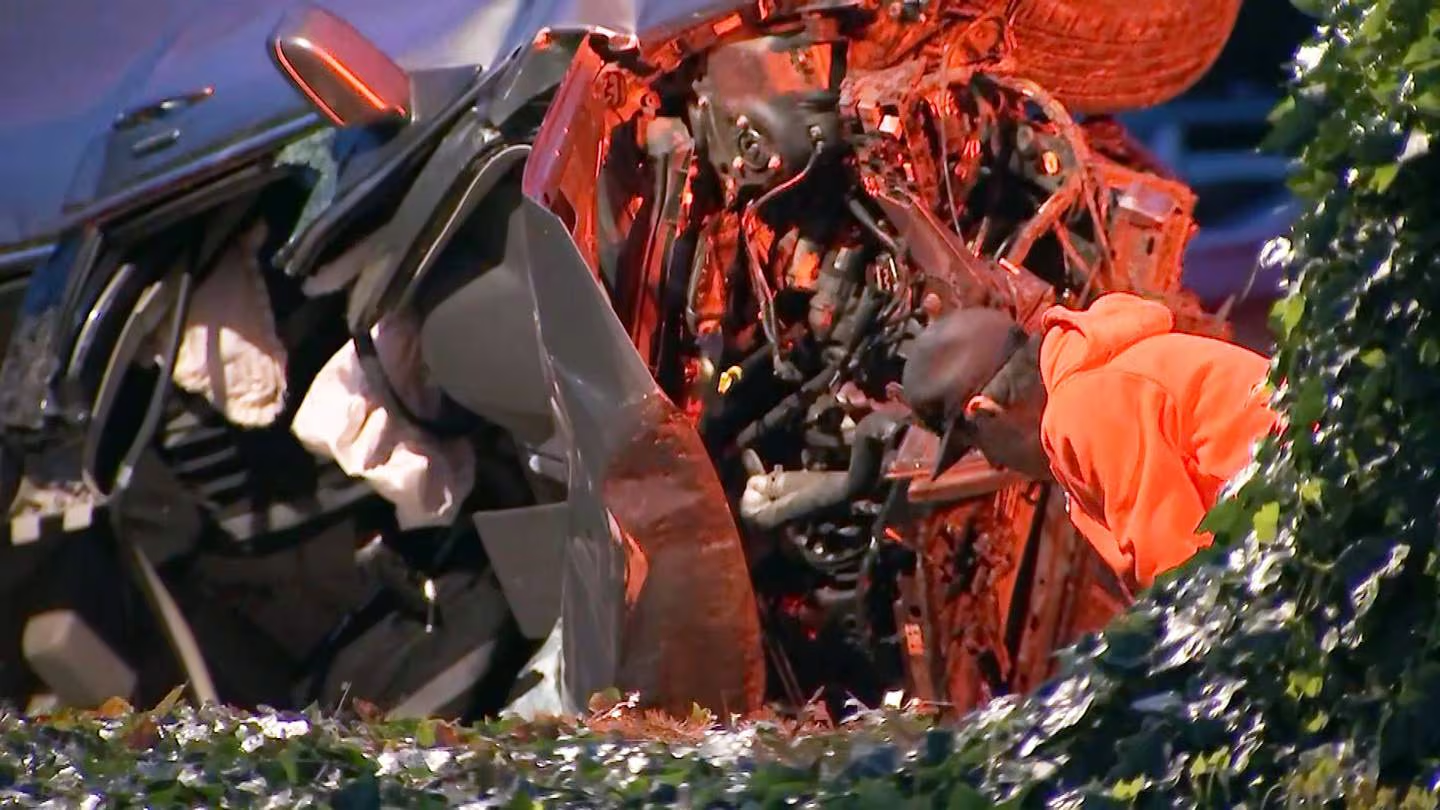Overview
Nikki Catsouras Accident On October 31, 2006, Nikki Catsouras, an 18-year-old from California, tragically lost her life in a car accident. After the incident, graphic images of the scene were leaked online, which led to a harrowing ordeal for her family. The incident, widely known as the “Nikki Catsouras accident,” stirred conversations around internet privacy, digital ethics, and the right to control personal information in the online space.
This article covers the background of the accident, its impact on digital privacy laws, and the steps taken to protect against similar occurrences in the future.
Background of the Nikki Catsouras Accident
On Halloween of 2006, Nikki Catsouras was driving her father’s Porsche 911 Carrera when she lost control and collided with a toll booth in Lake Forest, California. The impact was fatal. Shortly after, California Highway Patrol officers took photographs of the accident scene for their records, as is standard protocol.
However, these photos were soon leaked online. The images, showing the severity of the crash, quickly spread across various websites, leading to a disturbing violation of privacy for the Catsouras family.
Privacy and Ethical Violations
The Catsouras family faced relentless harassment after the images went public. Due to the viral spread of the photos, they received anonymous emails, with some even containing the graphic images themselves. The psychological toll on the family, particularly Nikki’s parents, was severe. They pursued legal action against the California Highway Patrol for negligence in handling the photos.
Legal Implications
In 2010, after a prolonged legal battle, the California Highway Patrol reached a settlement with the Catsouras family, compensating them for the distress caused by the incident. This case led to a broader discussion about digital privacy and set a precedent for how sensitive information should be protected.
Broader Implications for Digital Privacy
The Nikki Catsouras accident exposed a gap in privacy regulations, particularly regarding digital content. While laws existed to protect physical records, the internet added complexity to enforcing privacy for digital information.
Digital Awareness and Ethics
The incident also highlighted the need for digital ethics. Many social media platforms and websites updated their guidelines to prevent the spread of graphic or harmful content, but enforcing these guidelines has proven challenging. The Catsouras case serves as a reminder of the importance of handling sensitive information responsibly.
Impact on Social Media Policy
Social media companies now have stricter policies regarding graphic content. This includes better monitoring mechanisms and user-reporting systems designed to flag inappropriate content quickly. However, the incident demonstrated that once something is online, it can be challenging to control its spread.
Family’s Efforts to Control the Spread of Images
Despite the legal victory, the Catsouras family continues to fight against the images’ presence online. They have taken measures to remove the photos from various platforms, but the internet’s reach makes this an ongoing battle. Their story raises questions about individuals’ control over personal information online and emphasizes the need for stronger regulations and awareness about respecting privacy in the digital age.
Technology and Legal Developments Since the Incident
Since the accident, several technological and legal advancements have been made to prevent similar incidents. Here are some notable developments:
- Enhanced Privacy Regulations: Laws like the General Data Protection Regulation (GDPR) in Europe have been implemented to safeguard individuals’ privacy online. While GDPR applies primarily to the EU, its principles influence privacy discussions worldwide.
- Digital Copyright Laws: With the rise of digital media, copyright laws have evolved to protect against unauthorized sharing of sensitive content.
- Content Moderation Tools: Platforms like Facebook, Instagram, and Twitter have implemented AI-driven tools to detect and prevent the spread of graphic content. This technology helps remove harmful content more efficiently.
- Increased Awareness: Public awareness about the risks of sharing sensitive information has increased, partly due to cases like the Nikki Catsouras incident. More users are conscious of their online behavior, which has led to a more ethical digital environment.
Table: Comparison of Laws and Platforms on Privacy and Digital Ethics
| Aspect | Pre-2006 (Before Nikki Catsouras Case) | Post-2006 (After Nikki Catsouras Case) |
|---|---|---|
| Digital Privacy Laws | Limited digital-specific laws | GDPR and other comprehensive laws implemented globally |
| Social Media Content Policies | Minimal moderation for graphic content | Stringent policies on graphic content and harassment |
| Content Moderation Technology | Basic flagging systems | AI-driven algorithms for content moderation |
| Legal Recourse for Violations | Limited options | Legal avenues for privacy violations are more established |
| Public Awareness | Less awareness about digital privacy | Greater awareness due to cases like Catsouras |
| Family’s Control over Content | Difficult to enforce content removal | Improved tools for requesting content removal, yet still limited |
How the Catsouras Case Influenced Digital Ethics Globally
The Catsouras incident encouraged many tech companies and lawmakers to take privacy violations more seriously. Today, many platforms prioritize user privacy and enforce guidelines prohibiting the sharing of graphic content. This shift reflects society’s growing emphasis on digital responsibility and ethical standards.
The Family’s Legacy: Advocating for Change
The Catsouras family’s courage in facing their ordeal publicly has led to significant changes in online privacy awareness. Their efforts have sparked discussions and inspired legal actions across the world to improve online privacy protections and reduce cyber harassment. Today, the case is often referenced as a lesson in the importance of compassion, both online and offline.
Conclusion
The Nikki Catsouras accident was a tragedy that continues to impact her family and society at large. The incident exposed weaknesses in digital privacy protections and highlighted the need for ethical standards online. While technological and legal improvements have been made since 2006, the Catsouras case serves as a lasting reminder of the importance of respecting privacy, even in a digital world where information spreads instantly.




